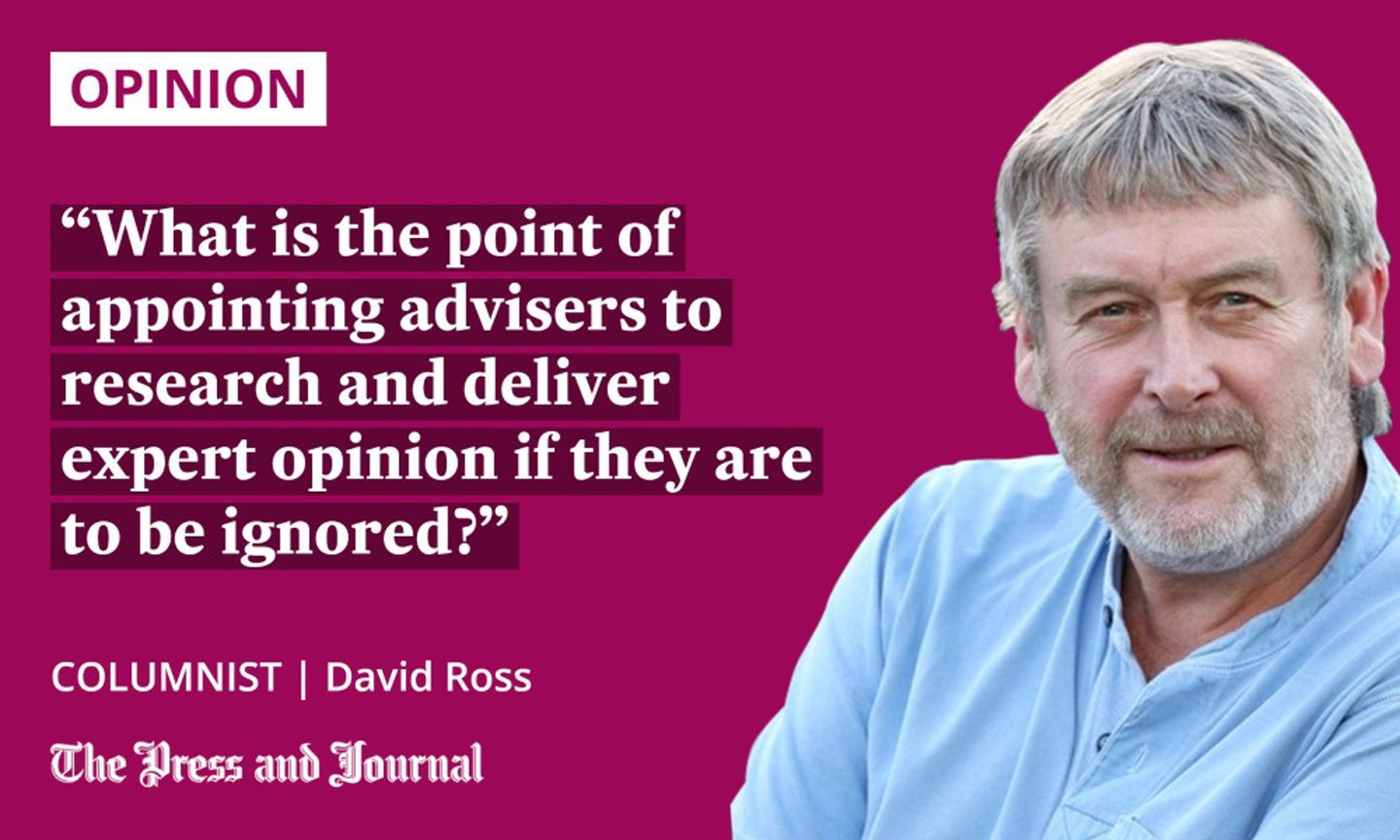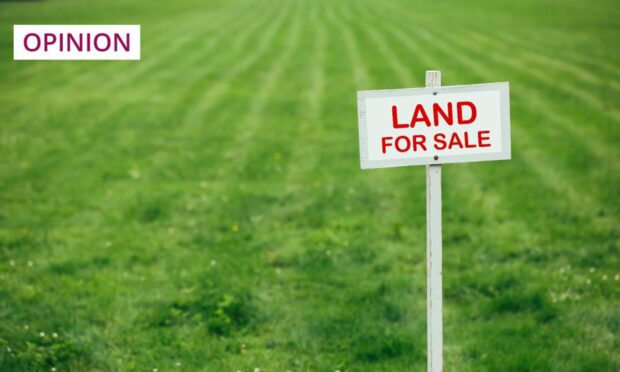Last week, the chair of the Scottish Land Commission, Andrew Thin, tweeted: “In Scotland there is no restriction on how much land an individual can own. In contrast some sort of approval mechanism exists in no less than 18 countries within the EU. Plenty of support for joining that club…”
The support he was referring to came from the results published this month in the Scottish Government’s public consultation on proposals for the forthcoming Land Reform Bill.
The one Mr Thin was highlighting was: “A majority of respondents (72% of those answering) agreed with the application of a public interest test to transactions involving large-scale landholdings.”
It may not be at the top of most people’s concerns, but the fact that more that than half of rural land in Scotland (57%) is in private estates owned by fewer than 500 people clearly does matter to many. That huge swathes can still change hands with only those of great wealth and their lawyers having a say hardly enjoys popular endorsement.
There is a public interest that should be tested, particularly that of the local community.
The Land Commission itself has been addressing the issue, publishing “Natural Capital and Land Reform – Next steps for a just transition”. This paper outlines how Scotland can achieve its ambitious climate and nature objectives in ways that also deliver on land reform and strengthening communities.
It highlights that the existing pattern of concentrated land ownership, present “significant challenges”. In other words, the big estates can be a problem, which ministers should address.

Measures could include implementing stronger regulation, imposing stricter conditions on public funding, granting communities a more influential role in ownership and decision-making processes, and reinvesting a fair portion of the increasing land values back into supporting people across Scotland.
The price of Scottish land has, indeed, been rising, boosted by new corporate and individual buyers seeking to invest in the natural capital of the estates. This allows them to “greenwash” their day-to-day commercial activities, and access government support for the likes of tree-planting and peat restoration.
This column has referred to them as “green lairds”, simply to distinguish them from more traditional purchasers. But it was upmarket estate agents who first highlighted the distinction. They reported new entrants seeking estates not for amenity or sporting potential, but for their “green credentials”; an insatiable demand for land for tree planting; the likes of peatbogs to offset carbon emissions produced elsewhere.
‘Scotland’s increasingly valuable rural land is only available to a limited few’
Last month, the Land Commission published another paper titled Rural Land Market Insights Report 2023. It found that “Scotland’s increasingly valuable rural land is only available to a limited few as high demand from forestry, natural capital investment, and corporate estate buyers continues to drive high prices.”
There was a need for action “to ensure that communities, family farms, local businesses, and individuals are not priced out of the rural land market due to sustained high land prices driven by large-scale forestry and natural capital investments.” It looked to the Land Reform Bill for such action.
Our latest report, 'Natural Capital and Land Reform – Next steps for a just transition,' outlines how #Scotland can achieve its climate & nature objectives in ways that also deliver on land reform & strengthening communities: https://t.co/Hrm0QDAQMU #LandReform #NaturalCapital pic.twitter.com/qOzQnX1msZ
— Scottish Land Commission (@ScottishLandCom) June 21, 2023
The landowners’ organisation Scottish Land and Estates challenged the report’s findings. But the commission is a statutory body, established “to stimulate fresh thinking and change in how we as a nation own and use land, and to advise the Scottish Government on an ongoing programme of land reform.” It has not been the only government advisory body to contend that the huge estates may obstruct the government’s environmental and climate change agenda.
The Just Transition Commission (JTC) was created to guide, oversee and scrutinise progress towards a carbon net zero economy “in a way that delivers fairness and tackles inequality and injustice”.
It’s time for the Scottish Government to act
A year ago, the JTC published its second report, which called for further land reform. It referred to the large estates as “extreme asymmetries in ownership which presents a major barrier to a just transition where the costs and benefits of climate action are fairly distributed.”
It went on: “In delivering a just transition, the Scottish Government must aim to tackle the root causes of these severe inequalities in land ownership and governance, which are fundamental to issues facing nature, economic development, housing, and food systems.”
Given such clear advice from the JTC and the Scottish Land Commission, many are still scratching their heads over the direction of the Scottish Government
Given such clear advice from the JTC and the Scottish Land Commission, many are still scratching their heads over the direction of the Scottish Government. Particularly following the announcement in March of a £2 billion private finance deal with City of London players. This to help efforts to restore native woodland and capture 28 million tonnes of greenhouse gases over the next 30 years.
But it can only continue to fuel increasing land values, further undermining efforts to achieve the “just transition” to the net zero carbon economy ministers claim is central to their vision for Scotland.
It also begs a question. What is the point of appointing advisers to research and deliver expert opinion if they are to be ignored?
David Ross is a veteran Highland journalist, author and a supporter of Community Land Scotland










